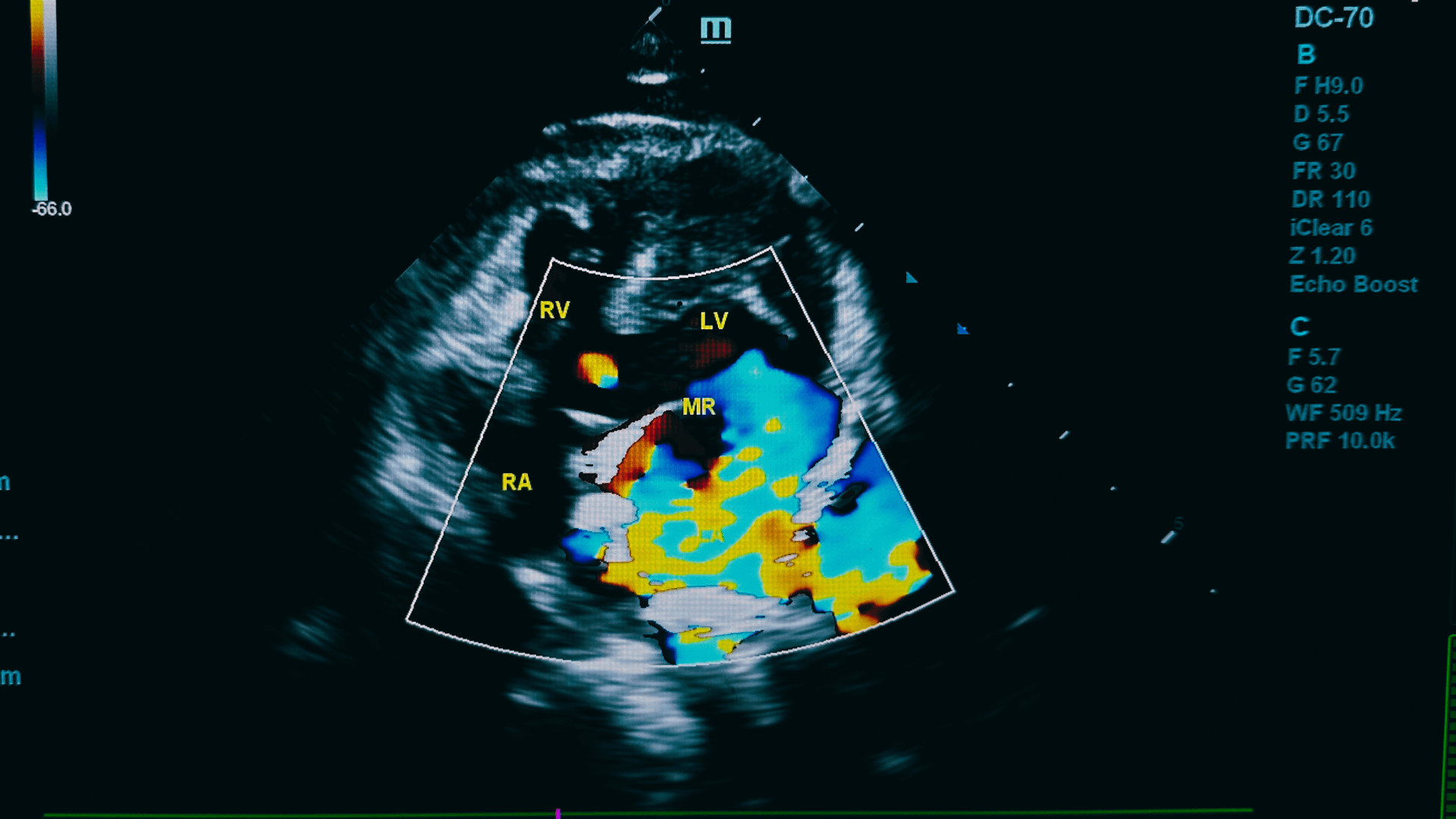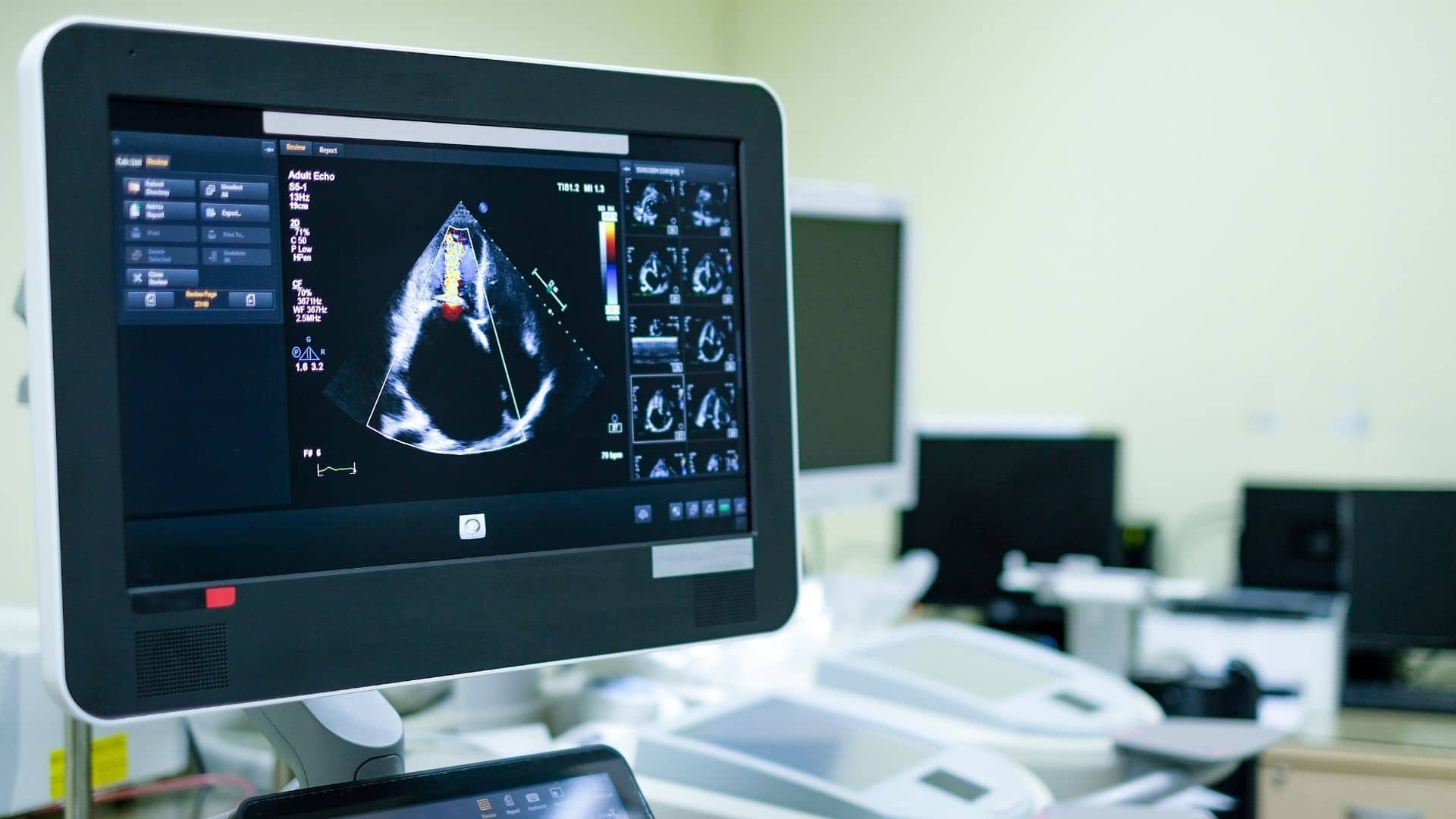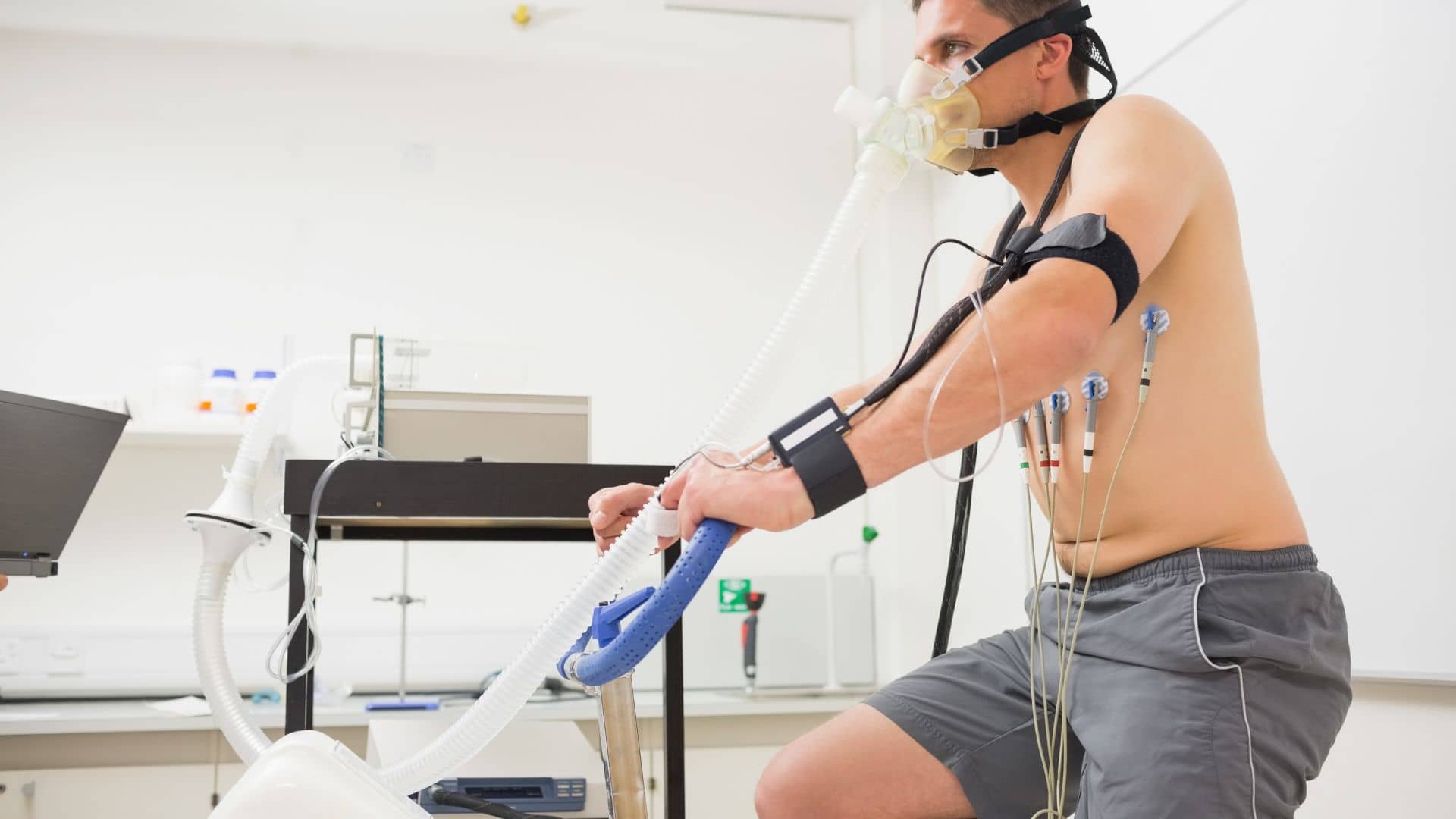The F42 diagnosis code occupies a specific position within the International Classification of Diseases, 10th Revision (ICD-10) coding framework.
Medical practitioners must grasp when this code applies to ensure documentation accuracy, correct billing procedures, and optimal patient management. As one of the important ICD 10 codes for mental health, F42 requires careful implementation.
What is F42? Classification and Definition
The F42 diagnosis code represents Obsessive-Compulsive Disorder (OCD) within ICD-10 classifications.
This condition manifests through unwanted recurring thoughts (obsessions) alongside repetitive behaviors (compulsions). F42 subdivides into several detailed categories:
- F42.0 – Predominantly obsessional thoughts/ruminations
- F42.1 – Predominantly compulsive acts
- F42.2 – Mixed obsessional thoughts and acts
- F42.8 – Other obsessive-compulsive disorders
- F42.9 – Obsessive-compulsive disorder, unspecified
Distinguishing between subcodes proves essential for precise classification.
The difference between F42.8 and F42.9 relates to specification – F42.8 covers identified OCD variants not classified elsewhere, while F42.9 denotes cases where a specific OCD type remains undetermined.
Clinical Applications of the F42 Diagnosis Code
Healthcare providers document the F42 diagnosis code when evaluating patients displaying OCD symptoms. Typical presentations include:
- Obsessional Elements: Intrusive, distressing thoughts or mental images
- Compulsive Behaviors: Ritualistic actions performed to neutralize anxiety
- Functional Disruption: Daily life impairment in social or occupational domains
F42 distinguishes itself from related anxiety classifications such as panic attack ICD 10 (F41.0). While both fall under anxiety disorders, their manifestations and treatment protocols differ substantially.
Is F42 a Billable Code?
A crucial query emerges for practice administrators: Is F42 a billable code? The answer hinges on specificity levels.
The general F42 category lacks billable status for service dates after October 1, 2015. Instead, practitioners must utilize detailed subcategory codes (F42.0-F42.9) for reimbursement.
This requirement aligns with ICD-10-CM guidelines stating: “Three-character codes function as category headings, potentially subdivided through additional characters to provide necessary specificity.”
For behavioral health practices, precise F42 subcategory coding ensures:
- Appropriate insurance reimbursement
- Minimized claim rejections
- Accurate clinical documentation
- Regulatory compliance

Integration with Practice Management Systems
Modern healthcare operations utilize Electronic Health Records (EHR) or Electronic Medical Records (EMR) for clinical documentation and billing procedures. When implementing F42 coding within these platforms:
- Code Libraries: Systems should incorporate complete F42 subcategories
- Documentation Templates: Structured fields should capture OCD-specific symptoms
- Validation Protocols: Software should flag non-billable general F42 codes
- Reporting Capabilities: Analytics should track F42 subcategory utilization
Behavioral health specialty practices benefit particularly from seamless F42 integration into practice management workflows, enhancing clinical documentation and reimbursement optimization.

Clinical Documentation Requirements for F42
When recording F42-related diagnoses, practitioners should document:
- Symptom Specifics: Detailed obsession/compulsion characteristics
- Chronology: Symptom duration and progression patterns
- Impact Assessment: Functional limitations in daily activities
- Differential Considerations: Exclusion rationale for similar conditions
- Intervention Strategy: Treatment approaches based on presentation subtype
This documentation substantiates the selected F42 subcode while establishing the medical necessity for proposed interventions.
Differential Diagnosis Considerations
Clinicians must differentiate OCD from similar presentations when considering F42 coding:
- Generalized Anxiety (F41.1): Broad worry patterns without specific obsessions
- Phobic Conditions (F40.X): Fear limited to specific triggers
- Depression (F32-F33): May feature rumination without compulsive elements
- OCD ICD 10 related personality disorders (F60.5): Characterized by rigidity without true obsessions/compulsions
An accurate differential assessment ensures appropriate coding, which subsequently determines treatment directions and reimbursement pathways.

Treatment Planning Using F42 Classification
Specific F42 subcodes guide intervention strategies:
- F42.0 (predominantly obsessional): Responds to cognitive restructuring techniques
- F42.1 (predominantly compulsive): Benefits from behavioral exposure protocols
- F42.2 (mixed presentation): Requires integrated therapeutic approaches
Evidence-supported interventions for conditions under F42 include:
- Structured cognitive-behavioral protocols
- Graduated exposure with response prevention
- Selective serotonin reuptake medication classes
- Combination approaches for treatment-resistant presentations
Recent Changes Affecting F42
Coding continually evolves. Recent modifications affecting F42 implementation include:
- Specification Requirements: Increased emphasis on fifth-character specificity
- Documentation Standards: Enhanced requirements for symptom detailing
- Crosswalk Modifications: Updated relationships with DSM-5 classifications
Practices must remain current with these changes to maintain compliance and maximize reimbursement potential.
Optimizing F42 Code Implementation
For healthcare leadership, particularly in behavioral health settings, strategic F42 diagnosis coding serves multiple critical functions:
- Diagnostic Precision: Accurately representing clinical conditions
- Reimbursement Optimization: Ensuring appropriate compensation
- Outcomes Measurement: Contributing to quality metrics
- Care Coordination: Facilitating interprovider communication
By mastering F42 diagnosis code applications and subcategories, practice leaders maintain clinical excellence while maximizing appropriate service compensation.
Enhance Your Practice’s Coding Effectiveness
Is your behavioral health practice achieving optimal reimbursement through proper diagnostic coding? MCB specializes in behavioral health billing that enhances profitability in medical billing through comprehensive process design and accountability. Contact our team today for a complimentary billing process assessment and discover how refined coding practices can transform your practice’s financial performance.











